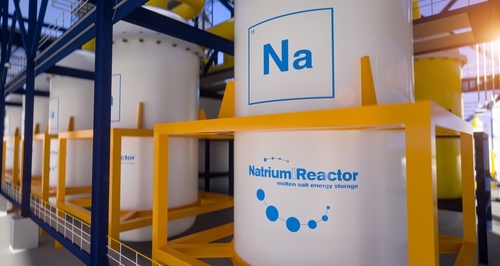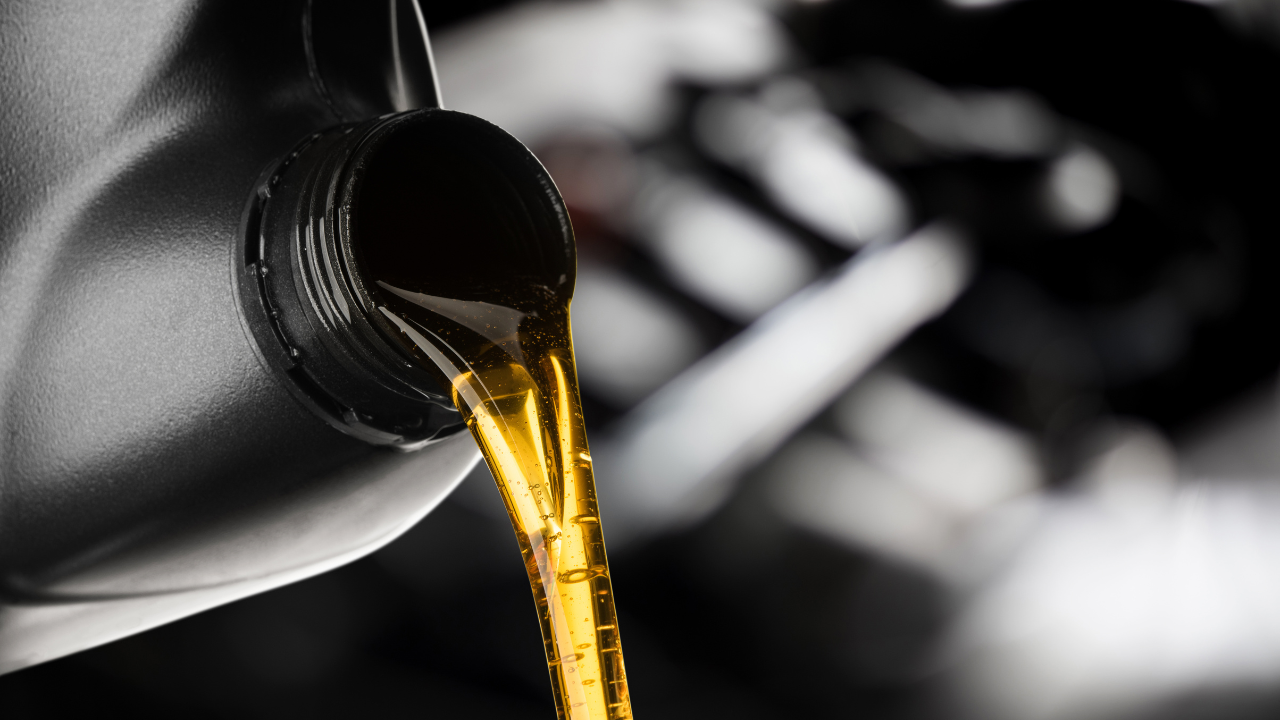How Silicone Oil Functions as a Efficient Heat Transfer Fluid in Sensitive Equipment
Wiki Article
Optimize Your System's Lifespan With the Right Heat Transfer Fluid
Selecting the suitable warmth transfer liquid is critical for enhancing system efficiency and durability. Comprehending the different types of heat transfer liquids and the certain demands of your application can significantly affect the overall wellness of your system.Relevance of Heat Transfer Fluids

Furthermore, warm transfer fluids contribute to the safety and reliability of thermal systems. Additionally, the right warmth transfer liquid can give defense versus deterioration and scaling, more prolonging the life expectancy of equipment and facilities.
Types of Heat Transfer Fluids
Various sorts of heat transfer fluids are typically used in industrial applications, each tailored to particular operational demands and temperature ranges. The most prevalent groups consist of water, oils, and specialized artificial liquids.Water is frequently utilized as a result of its excellent thermal conductivity and accessibility; nonetheless, its limitations arise at high temperature levels and possible cold conditions. For greater temperature level applications, thermal oils, such as mineral oils or organic compounds, are made use of. These oils provide premium thermal stability and can operate properly at raised temperature levels, making them suitable for processes like food processing and petrochemical production.
Synthetic fluids, which can be either natural or not natural, are designed to satisfy details efficiency criteria. They frequently display enhanced properties such as reduced poisoning, wide temperature varieties, and resistance to oxidation. Examples include glycols and esters, which are optimal for specialized applications like solar thermal systems and heat exchangers.
Additionally, cooling agents are made use of in cooling systems, leveraging their phase modification buildings to absorb and release warmth efficiently. Each sort of warm transfer fluid is and offers distinct benefits picked based upon the certain demands of the application, guaranteeing ideal performance and system durability.
Aspects to Take Into Consideration When Selecting
Choosing the proper heat transfer fluid entails mindful consideration of several variables to ensure ideal efficiency and system effectiveness. One of the primary elements is the temperature variety needed for the system. Liquids vary in their thermal stability and can lose or break down effectiveness outside certain temperature level restrictions.An additional critical consideration is the fluid's thickness, as it influences pump efficiency and energy consumption. A fluid that is also thick might impede circulation and increase functional expenses. Furthermore, the fluid's important link specific warmth ability plays a crucial function in identifying how effectively it can move warm.
Chemical compatibility with system materials is also vital to protect against rust, deterioration, or leaks - heat transfer fluid. Making certain that the chosen fluid works with the building materials can lengthen the life expectancy of the system

Benefits of Correct Fluid Selection
Correct option of a heat transfer fluid returns substantial advantages for system effectiveness and integrity. The right fluid boosts thermal conductivity, ensuring optimal warm transfer prices within the system. This efficiency lessens power consumption, resulting in reduced functional costs and a minimized ecological impact.
Furthermore, ideal fluid choice adds to system long life Resources by avoiding rust and degradation of parts. Liquids created with rust inhibitors secure metal surface areas, consequently expanding the lifespan of pumps, pipelines, and heat exchangers. In addition, choosing a fluid with ideal thickness makes sure effective flow, which is important for preserving constant temperature level distribution throughout the system.
An additional essential benefit is the fluid's thermal stability. A secure warmth transfer fluid can operate over a large temperature level range without breaking down or losing performance, which is important for systems revealed to fluctuating thermal problems. Furthermore, the best liquid can also reduce dangers connected to cold or boiling, thereby avoiding functional disruptions.
Upkeep Tips for Longevity
Ensuring the longevity of a warm transfer system calls for persistent maintenance methods that match the advantages of correct liquid option. Routine inspections are important to recognize prospective leakages, corrosion, or debris build-up that might compromise system effectiveness. Establish a regular timetable to assess pipeline integrity, connections, and look at this web-site installations, as these areas are commonly susceptible to deterioration.
Checking liquid degrees and quality is equally essential. On a regular basis look for indicators of contamination, such as staining or particle issue, which can show degradation of the heat transfer fluid. Carrying out routine liquid evaluation can supply understandings into its chemical buildings, enabling prompt substitutes when necessary.
Additionally, preserving ideal operating temperature levels is important. Motivate the usage of temperature controls and sensors to prevent getting too hot, which can increase liquid degradation and damage system components.
Finally, constantly stick to the maker's guidelines relating to liquid replacement periods and upkeep protocols. By committing to these ideal practices, you can substantially improve the operational life expectancy of your warm transfer system, making sure reliable efficiency and lowering the requirement for premature replacements or costly repair work.
Conclusion
To conclude, the choice of a suitable warmth transfer fluid is crucial for boosting system effectiveness and long life. By comprehending the various sorts of fluids and considering vital aspects such as thermal conductivity and rust resistance, optimum efficiency can be accomplished. Additionally, normal upkeep and examinations play a crucial role in maintaining operating conditions. Focusing on these elements guarantees the extended life expectancy of important parts, inevitably adding to a much more reliable and dependable system.Warmth transfer fluids play a critical duty in various commercial and business applications by helping with the reliable transfer of heat in between surface areas.Additionally, heat transfer liquids contribute to the security and dependability of thermal systems. In addition, the fluid's certain warmth ability plays a vital role in identifying how efficiently it can transfer heat.
The right fluid boosts thermal conductivity, ensuring optimum warmth transfer prices within the system. A steady warm transfer fluid can run over a wide temperature range without damaging down or shedding effectiveness, which is necessary for systems subjected to varying thermal conditions.
Report this wiki page